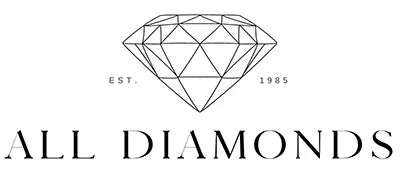Diamonds are mined in over 20 countries around the world. In descending order the following countries account for 95% of the world's production. Botswana, Russia, Angola, South Africa, Namibia, Congo (Zaire), Australia. To this list Canada should be added as it is expected it will account for up to 10% of the total world production.
Diamonds were born in the earth billions of years ago. They are one of natures miracles formed under extreme heat and pressure in circumstances that can never be repeated whilst we live on this planet.
Diamonds are very difficult to find and also to mine. The millions of dollars that go into exploration and then only a small percentage are gem quality determine the obvious answer that not only are they are rare but command an appropriate price.
The round brilliant cut maximises the balance between life of the diamond stone (brilliance) and fire (dispersion). The reasoning for this is that the 58 facet arrangement when cut to specific proportions allows total internal reflection of light.
Many people confuse cut with the shape of a diamond. Most diamonds are cut round with a full 58 facets, and a good cut, or make, has more scintillation, more sparkle. The shape of the diamond, however, is largely a matter of personal preference and does not directly affect the value. It is the work of a master cutter that allows the diamond to be cut in such a way as to permit the maximum amount of light to be reflected through the diamond, and that's a great reflection on you. It is the cut that enables a diamond to make the best use of light.
Your jewellery is one of your most valuable possessions - it deserves a little care and attention to keep it looking perfect.
A clean diamond not only reflects light better, but looks bigger than one that's been dulled by skin oils, cosmetics, dust and dirt. Diamonds have an affinity for grease and should be cleaned regularly to keep them looking their brightest.
Do ensure your jewellery is the last item you put on and first item you take off. Do store your jewellery in separate compartments of a jewellery box or roll, as diamonds can scratch each other as well as your other jewellery.






